All about gas masks
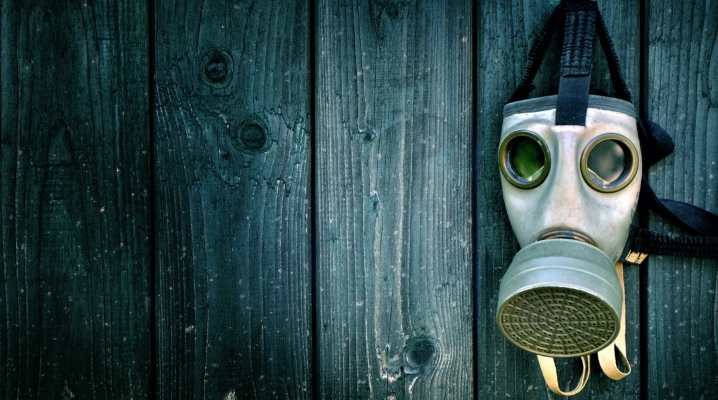
All people need to know in detail what it is - a gas mask, what is its structure, what filters and other components of the apparatus are. For the right choice, you should pay attention to modern brands of industrial, military and civilian gas masks, to their features. Separately, it is worth dealing with the selection and wearing of such equipment, with its basic configuration.
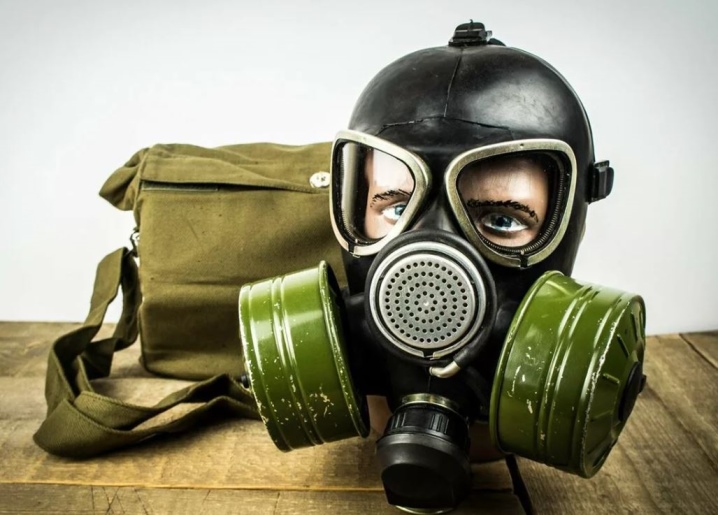
What is it and why is it needed?
As in many other cases, the description must begin with a general definition of the thing itself. The main task that any gas mask solves with varying efficiency is the isolation of the respiratory system, eyes and skin of the face in case of various negative influences. Designers from different countries have created many hundreds of modifications of gas masks and their individual components during 1915-2020. But although a gas mask as a category of devices serves to protect against a variety of sources of danger, the same cannot be said about specific models. A variety of substances can pose a threat to human life, health and full-fledged activity - and the difference in their properties does not allow creating a universal protection. It is not for nothing that even externally, a gas mask sometimes looks very different, and its visual performance primarily depends on the technical features of the device. The main purpose is as follows:
- prompt evacuation of the injured (poisoned or presumably poisoned);
- combat by troops, police and special forces in a chemical hazard;
- protection from threatening industrial factors (sometimes from natural toxins);
- protection of medical personnel, members of emergency rescue teams from potential risks in the provision of assistance, elimination of incidents;
- survey of potentially hazardous chemical areas and facilities;
- protection of firefighters from carbon monoxide when fighting a fire;
- ensuring safety when working in closed containers, underground;
- treatment with toxic substances (disinfection, disinsection, deratization);
- personal survival with the release of toxins, radiation.
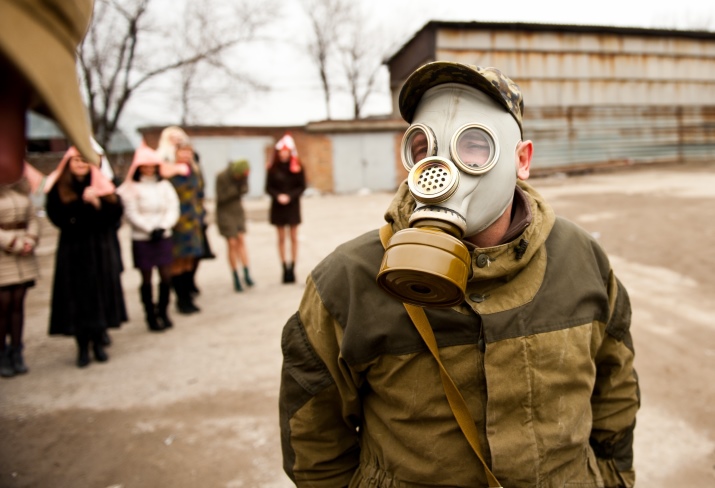
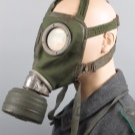
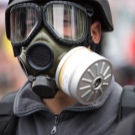
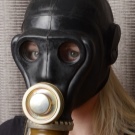
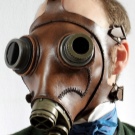
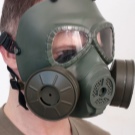
Device and principle of operation
The design of the gas mask, with all the external differences, is generally more or less the same for several decades. The insulating face mask plays a very important role in the normal operation of the device. It is she who restrains the ingress of hazardous substances and radiation on the main surface of the face. The mask is made of rubber, since this material is relatively chemically neutral and reliable in a wide variety of conditions. Rubber is painted black or gray, exceptions are rare. The structure of the mask includes the following main parts:
- common building;
- unit with glass eyepieces;
- special device - fairing;
- a box with a gas valve.
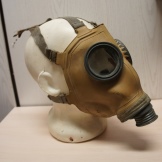
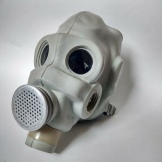
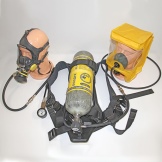
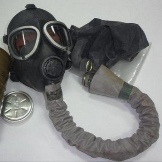
Different models use both simple masks and helmet-masks. The second option involves completely covering the face, hair and ears. Interestingly, in gas masks for the troops, the ears are either open or provided with slots, because communication between various military personnel is the key to both the successful completion of tasks and the very survival of the units.
The difference between specific versions may also lie in their size. Sometimes the scheme of a gas mask device involves the removal of all key parts into the frontal plane (which simplifies manipulation with optical devices). Some models have oversized lenses or are even equipped with one large eyepiece instead of two traditional lenses. The role of the fairings is to blow the glass from the inside. As a result, the visibility of surrounding objects is significantly improved; glasses are selected so that there is no risk of fogging. A sorbent works in the filter boxes of gas masks, absorbing hazardous substances and / or converting them into a safe form. The composition of this sorbent determines which specific toxins and in what concentration it will be able to stop.
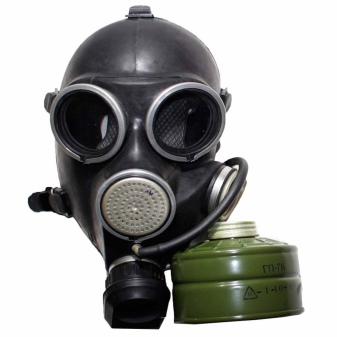
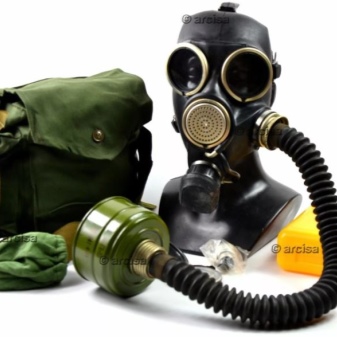
Classification by purpose
Modern types of gas masks are as follows:
- protecting respiratory organs from dust and aerosols;
- preventing the penetration of radiation, chlorine and other specific toxins;
- containing carbon monoxide (due to equipping with hopcalite cartridges);
- preventing damage by radioactive dust, microorganisms (including viruses and fungal spores).
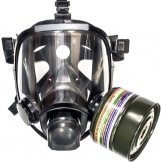
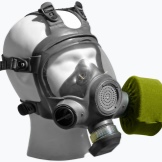
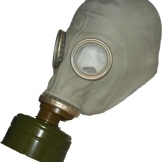
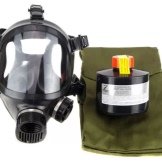
Filtering
The very name of this category suggests that they stop toxic substances and thereby block their effect on humans. At the same time, the air from the outside, after being cleaned on a special filter, quietly passes on. Theoretically, the duration of stay in a contaminated atmosphere when using such PPE is limited only by hygiene standards. However, the problem is that an oxygen concentration of at least 17% in the ambient air is required. If this requirement is not met, wearing a filter gas mask becomes life-threatening. The filter is usually located at the front of the mask. It can constructively turn slightly to the side. The filter-absorbing box fits snugly against the face mask. In the most hazardous conditions, it is recommended to use devices equipped with a corrugated hose. Air purification is carried out using adsorption on a charge with a layer of activated carbon. Filtering gas masks cannot be used:
- if the chemical composition of toxins is not known exactly;
- there is a possibility of its abrupt changes;
- the concentration of corrosive substances can be very high.

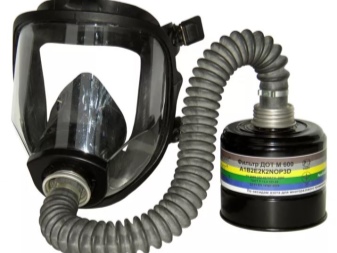
Insulating
Such devices 100% block the path of toxic substances. They work confidently, even if the concentration of hazardous factors is very high. More precisely, there are also concentrations at which protection is impossible - but they are simply outrageous and do not occur in real practical conditions. No external breathing air is used. Wearable cylinders contain a combination of 70-90% oxygen and 1% carbon dioxide; such a mixture helps out not only with very strong air pollution, but also when working in an oxygen-free or low-oxygen atmosphere. Also, gas masks with isolation from the external environment can be worn:
- when the concentration of carbon dioxide is overestimated;
- with the spread of ammonia, chlorine and other substances that quickly exhaust the safety resource of filters;
- for work in an atmosphere guaranteed to pass through filter boxes;
- for performing various manipulations completely or partially under water.
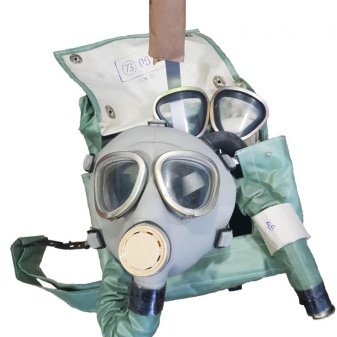
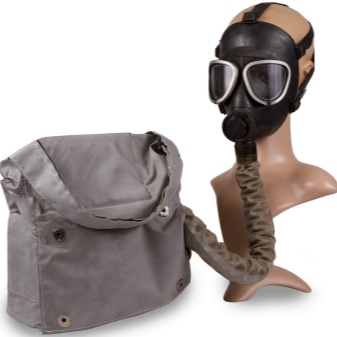
Types by fields of application
Military
Military gas masks provide good protection against chlorine, other types of chemical weapons, and radiation; the permissible concentration of harmful agents is higher than that of civilian protective equipment, but the spectrum of substances to be stopped is smaller. Wherein characteristics are usually sufficient to counteract penetrating radiation, war gases in the form of aerosols, and bacteriological weapons. For the armed forces and special services, both filtering and isolation systems can be used. For military service, they try to use gas masks equipped with intercoms - for the reasons described above.
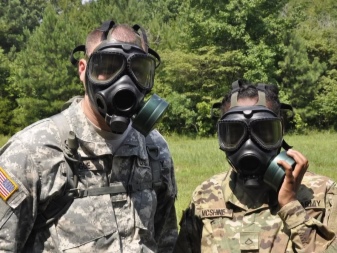
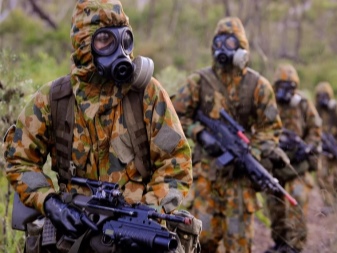
Eyepiece glasses are equipped with special films that stop bright light flashes.This is very important in both nuclear and "conventional" explosions. All combat gas masks contain only full-face masks, which guarantee the highest quality protection of the skin and mucous membranes. It was the military who first began to use such a technique (almost immediately after the first gas attacks). The first models were produced in millions of pieces, but only a few copies have survived to this day. A tactical gas mask can be used not only by motorized riflemen, soldiers of chemical and other types of troops; it is also worn by:
- police officers (especially soldiers of special forces);
- soldiers of special forces for intelligence and counterintelligence;
- isolated anti-terrorist groups;
- saboteurs and counter-saboteurs;
- mercenaries;
- members of illegal groups.

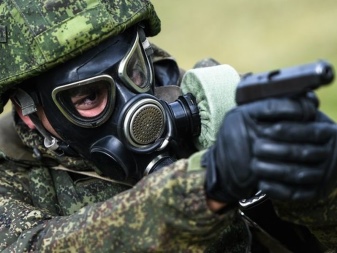
Advanced models are often equipped with panoramic masks. This is exactly what many of the samples that are in service with a number of leading armies in the second half of the twentieth century. Full face cover ensures the highest possible level of protection. Separately, it should be said about the firefighters of the RPE. Taking into account the specifics of fighting fire, even the simplest models of this kind are initially equipped with hopcalite cartridges.
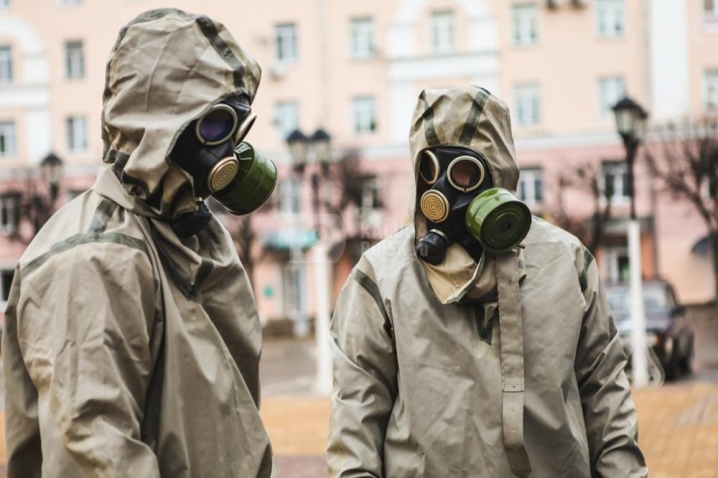
It's obvious that The team going to the call cannot know in advance the entire composition of the burning substances, their probable transformations during combustion, as well as the possible release of toxins. Therefore, only insulating models are used. There is one more reason in their use - to cut off the effect of excessively hot air. Even by itself, without taking into account other factors, it can severely injure a firefighter or, at least, reduce his working capacity. Important: for ordinary people who do not seek to extinguish a fire, but try to get out of the danger zone as quickly as possible, a completely different device is intended - a self-rescuer
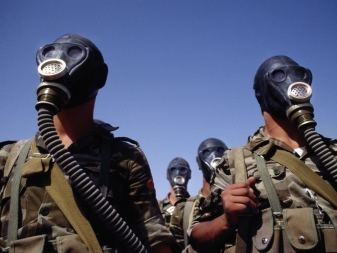
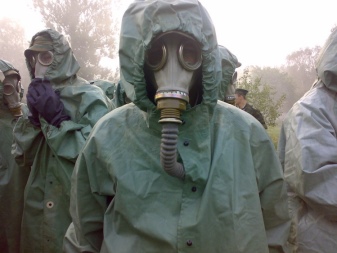
Civil
One of the most common modern types is a civilian gas mask. Strictly speaking, such models can also be useful in the course of armed conflicts with the use of chemical weapons, but they have a secondary role. They protect civilians from combat gases, however, military personnel have more advanced equipment with a relatively narrow specialization. Civilian gas masks are used mainly in peacetime emergencies. They should be worn if containers with hazardous substances are depressurized at the nearest plant or a “poisonous” train derailed.
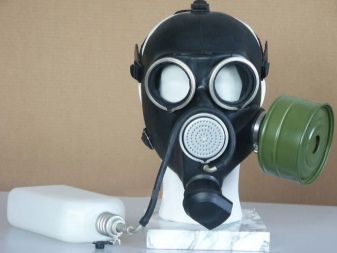
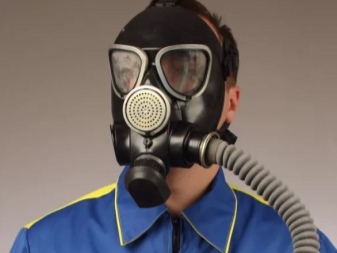
Industrial
Industrial gas masks are designed to protect the respiratory organs and mucous membranes from toxic agents that are stably in the air or that can be thrown out in an emergency situation. Such equipment is used in chemical, petrochemical plants, and in other enterprises where there are hazardous substances. Along with the workers of such factories, every person living in the area of potential damage should have an industrial gas mask. It must be understood that such devices have a strictly selective effect. They are unable to protect against more than a specific group of substances or even one reagent.
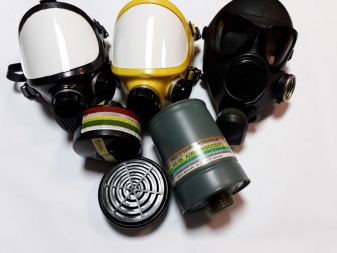
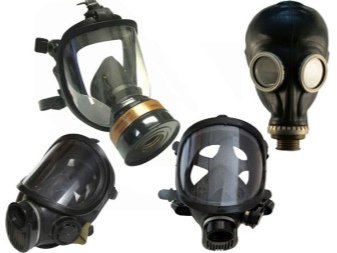
Baby
This type of protective equipment is designed for schoolchildren and most preschoolers. For the smallest children, more specific means of rescue are needed. The methods of application and protection features are the same as for adult models. However, it is clear that isolating models are rare. It would be difficult for children to carry balloons - both because of their height and because of their lower strength.
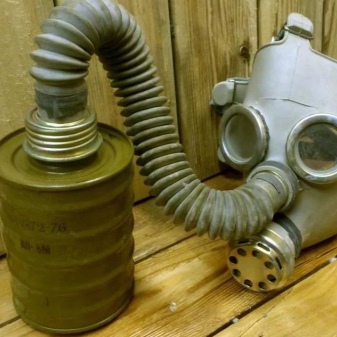
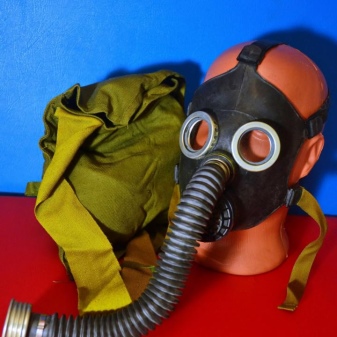
Stamps
Each manufacturer has the right to create its own specific labeling of personal protective equipment. And yet, deciphering the designations is relatively simple in most cases. So, the GP is a civilian (for civilians, except for workers in hazardous industries) gas mask. The PDF brand denotes children's models. KZD cameras are designed for babies and children up to 18 months.When buying a new gas mask, you need to pay attention to its alphanumeric number, where the letters represent the toxin, and the numbers from 1 to 3 - the reliability. There are, for example, options:
- В1 - weak protection against inorganic gases;
- NO2 is a pretty good help in contaminating the atmosphere with nitrogen oxides;
- Reaktor3 is an excellent containment of radioactive iodine and other toxic particles.
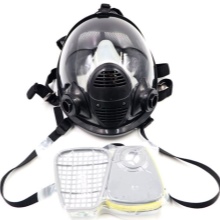
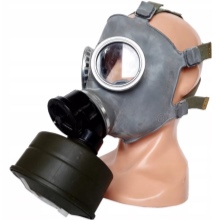
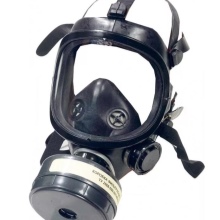
Equipment
Almost always, a bag for carrying a gas mask is included in the factory delivery. The well-known GP-7 also includes:
- 1 face mask;
- 6 anti-fog films;
- a pair of cuffs for insulation;
- filtration and absorption box of special design;
- clamping cord (made of rubber);
- operating instructions.
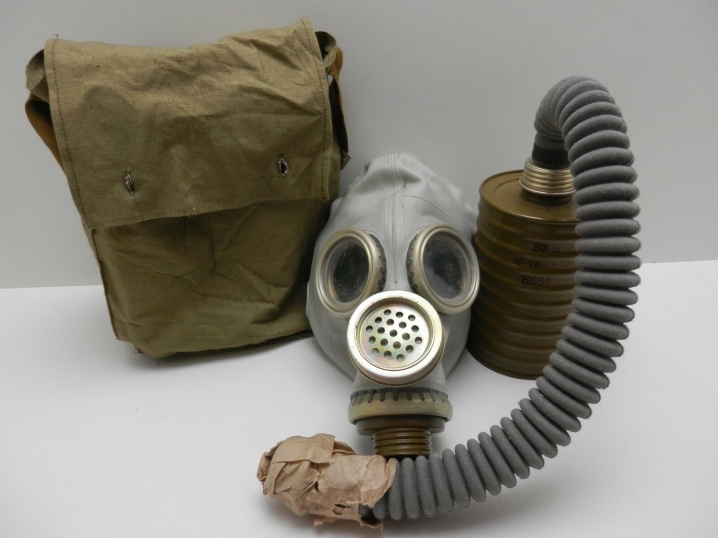
For insulating versions, the composition is something like this:
- face block;
- node with glasses;
- common frame;
- microphone;
- connection tube;
- breathing bag;
- the initiator of the work of the cartridge.
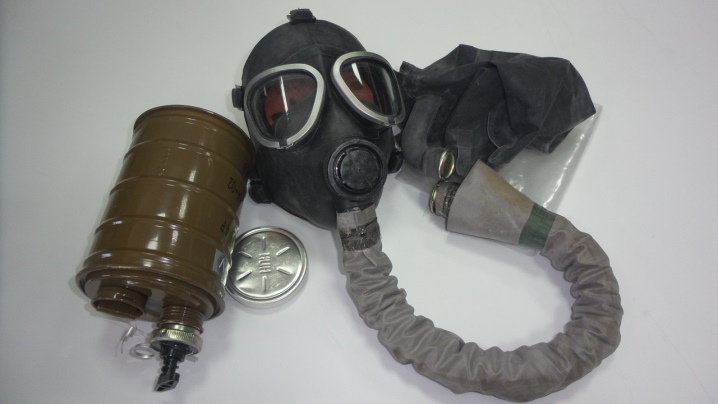
Manufacturers
Gas mask PMG "Nerekhta" occupies a deservedly very good position. Judging by the reviews, it is even relatively convenient to fire from a long-barreled weapon both through an open and through an optical sight; it's easy to use binoculars and ballistic glasses. Old-fashioned SMS can only be used when there is no other alternative. In PMG-2, it is inconvenient to look down; in addition, in all old models, intercoms are unsatisfactory. It is also worth noting the PMK-S, which is used even by the National Guard. In Russia, gas masks are made today:
- Tambovmash;
- Sorbent OJSC;
- EKhMZ named after Zelinsky;
- "Breeze-Kama".
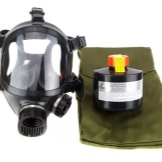
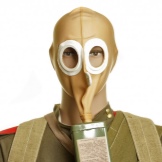
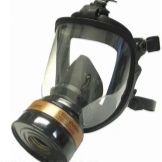

How to choose?
The selection of the best gas mask in terms of characteristics and degree of protection is not all. To select the right attachment for a particular user, you need to measure your head. More precisely, you need to find out the length of the two circles. The first one runs through the top of the head, chin and cheeks, while the second connects the eyebrows and auricles. The sum of measurements (in centimeters) is divided into 4 key size categories:
- 92.5-95.5 - 1st size;
- 95.5-99 - 2nd size;
- 99-102.5 - 3rd level;
- more than 102.5 - 4th category.
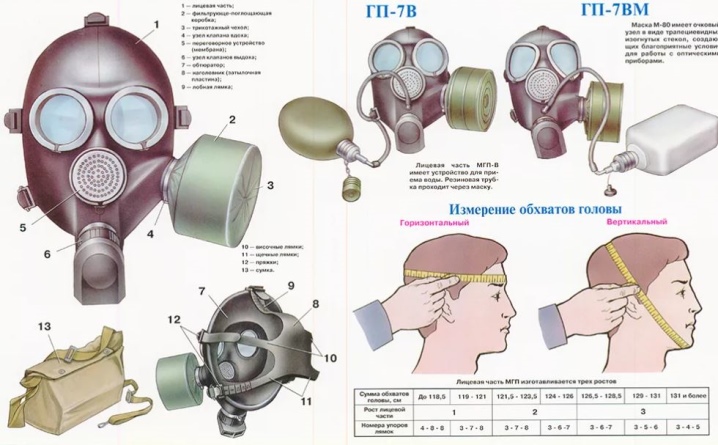
How to put it on?
It is worth noting that there are various techniques and methods of putting on a gas mask (not only prescribed in the old civil defense manuals). But all options are aimed at the fastest possible application of protection. The classic version is as follows (if the gas mask is initially set to the "ready" position):
- stop breathing;
- close the eyelids at the same time;
- take off their hat (if any);
- remove the gas mask;
- take the helmet-mask with both hands by the thick part of the lower edge;
- put thumbs on the outside, and keep the rest on the inside;
- push the bottom of the mask against the chin;
- make a sharp movement and put on a mask as quickly as possible;
- remove all distortions, straighten;
- take a full noisy breath;
- open their eyes;
- resume breathing and carry out all the planned work.

How to use?
For a specific gas mask, reliability is determined by the power of the gas protection and the level of tightness. In case of weak protection or leakage, hazardous agents can penetrate under the face mask. Therefore, it is necessary to carefully protect the geometry of the protective device, and if it is violated - immediately dispose of it. Although the exhalation valves are more reliable, they must be carefully cleaned after each use. The expiration date for a specific model is set by the manufacturer, but in most cases it is impractical to use them after 5 years.
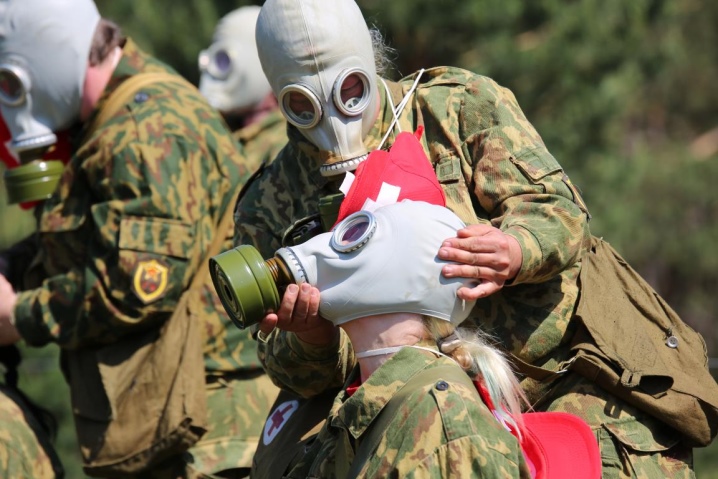
Whenever possible, the wearing of gas masks should be kept to a minimum. Even the best versions of them are not able to provide completely physiological respiration. Before each use, it is required to inspect the mask so that there are no flaws, mechanical damage (punctures, cuts, tears, dents) in it.The norm of daily and session operation should not be exceeded, except for the most extreme cases and especially difficult situations. Wearing a RPE is permissible only in specially designed bags - bags, backpacks, household bags and everything else cannot be used.
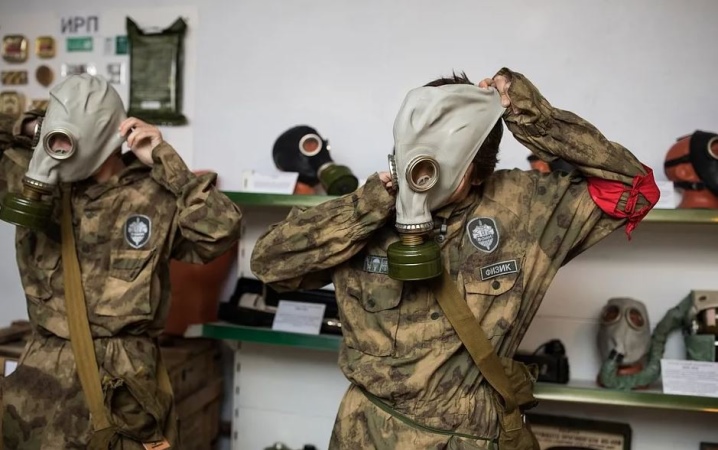
A separate topic is the storage of gas masks. Remove them and the individual components only when necessary. The protective device itself must be protected from moisture. In the cold season, it is advisable to wear a gas mask under clothing. If possible, it is best to keep it away from heating systems.
Warehouses for gas masks:
- must exclude direct sunlight;
- are designed with the expectation of a minimum dust level (best of all - with self-leveling, concrete or asphalt floors);
- equipped with reliable ventilation;
- have basic and emergency lighting;
- should exclude the ingress of liquid water even into the room itself, not to mention the RPE;
- cannot be used at the same time for storing toxic, corrosive, radioactive, flammable substances.
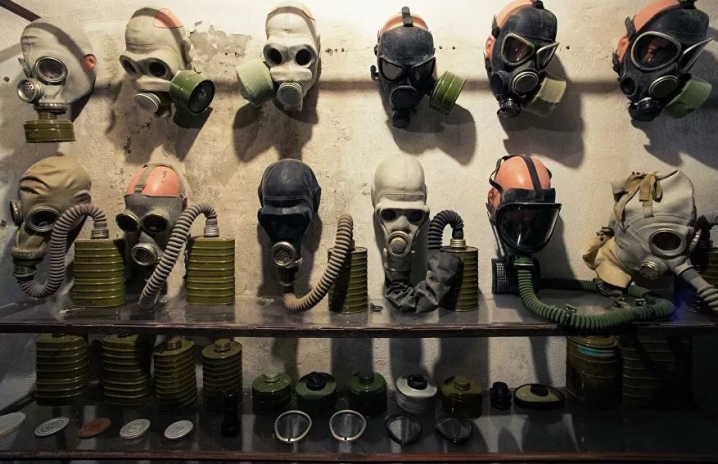
For information on how to properly use a gas mask, see the next video.













The comment was sent successfully.